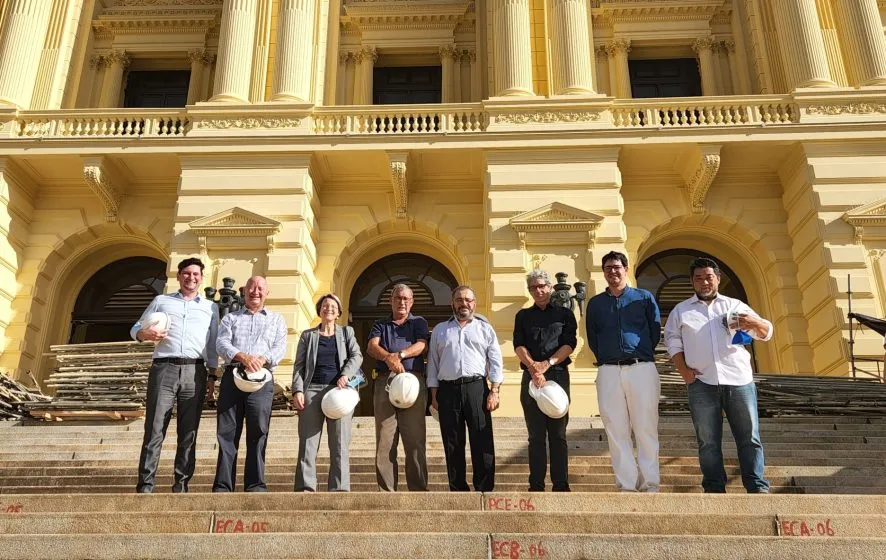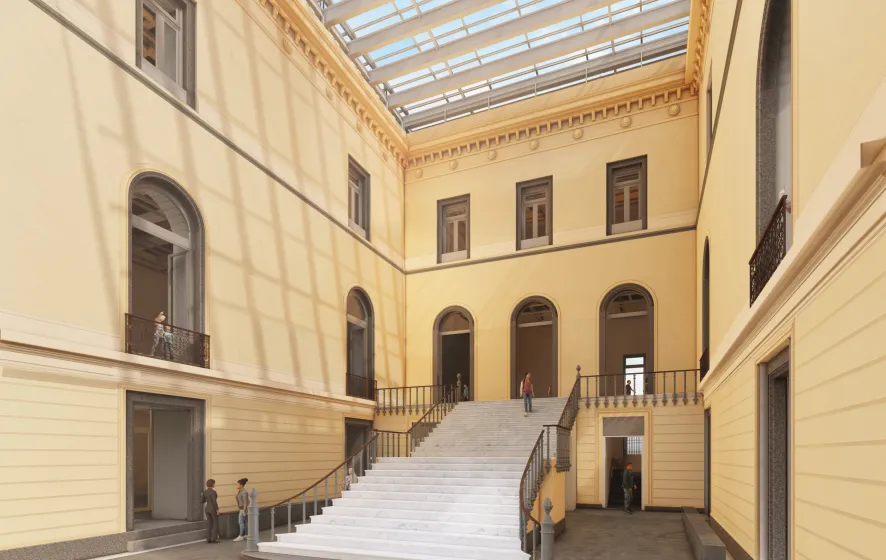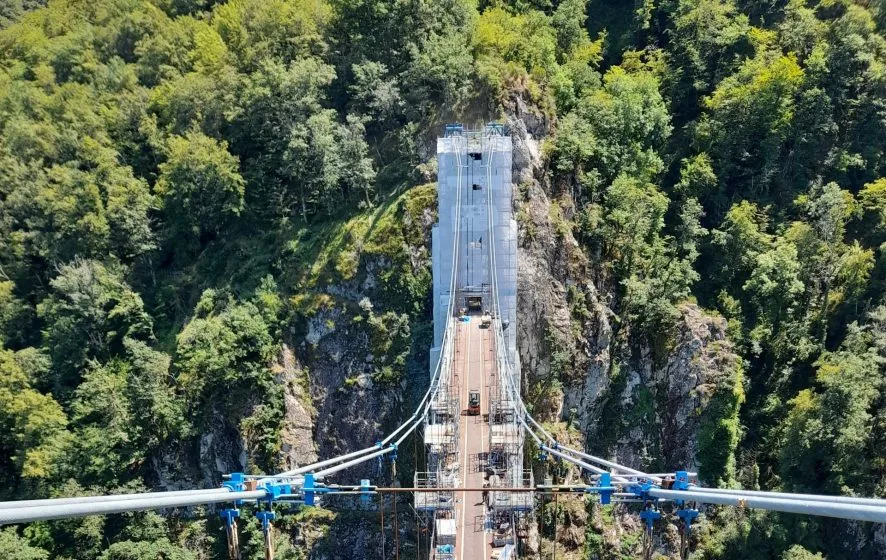
Filter by :
116 News
-
News
24/10/2025
setec ferrom: railway maintenance engineering joins the setec group
See -
Events
24/10/2025
WNE – 4th to 6th november 2025 in Paris
See -
News
15/10/2025
setec strengthens its presence in Germany with the acquisition of Tiba Technologieberatung GmbH
See -
Press releases
01/10/2025
setec – offshore solutions group
-
Press releases
01/10/2025
revoco by setec – a new subsidiary of the setec group
-
News
29/09/2025
setec invests with Offshore Solutions Group to develop a pioneering technology for storing offshore wind turbine floats at sea
See -
Publications
01/09/2025
Human Resources Policy
-
News
01/09/2025
Discover setec’s Human Resources Policy!
See -
News
25/08/2025
The Ipiranga Museum, restoration of a historical building
See -
News
05/08/2025
The National Museum of Rio has risen from the ashes
See
- 1

